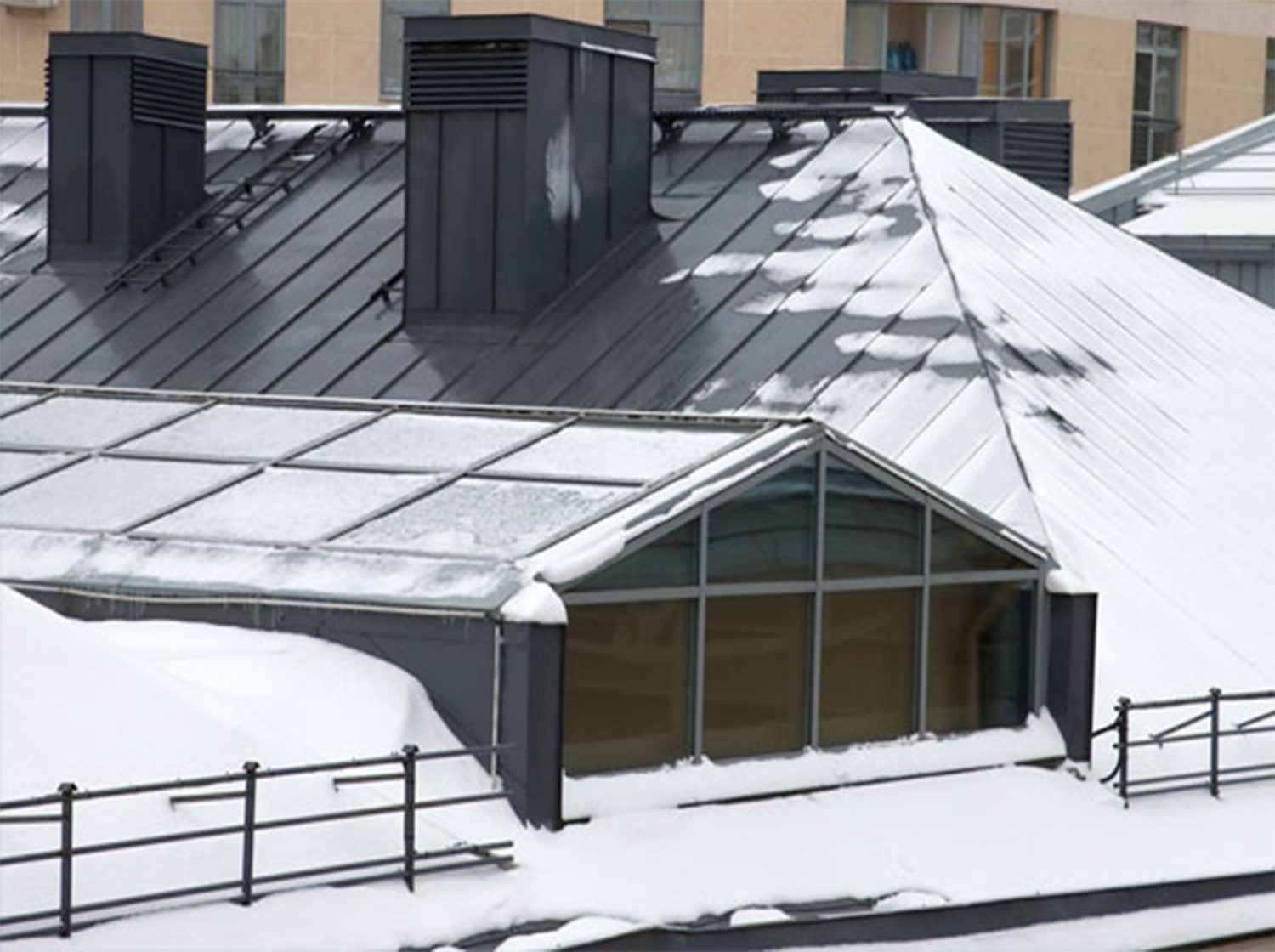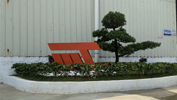Aluminum Cladding: Unveiling Its Cold-Resistance Properties
Author:Jayminton Time:2024-07-15

aluminum Cladding stands as a testament to versatility in construction, known for its durability, aesthetic appeal, and now increasingly recognized for its impressive cold-resistance capabilities. In regions where winter's icy grip can be relentless, the ability of building materials to withstand extreme cold is paramount, making aluminum cladding a standout choice.
Understanding Aluminum Cladding
Aluminum cladding refers to a protective layer of aluminum alloy that is bonded to the exterior of a building. It serves multiple purposes, including enhancing the building's insulation, providing weather resistance, and adding visual appeal through various finishes and colors. This material is favored for its lightweight nature, ease of installation, and low maintenance requirements, making it a preferred option for both residential and commercial projects.
The Science Behind Cold-Resistance
Aluminum's ability to withstand cold temperatures lies in its molecular structure and the properties of its alloy composition. Aluminum alloys typically used in cladding are engineered to maintain their structural integrity and performance even in sub-zero temperatures. This resilience is due to several factors:
Thermal Expansion: Aluminum expands and contracts less than other metals when exposed to temperature variations. This property ensures that the cladding remains stable and does not warp or crack under extreme cold conditions.
Corrosion Resistance: Aluminum naturally forms a protective oxide layer when exposed to air, which shields it from corrosion caused by moisture and salt, commonly found in cold climates. This protective layer ensures the cladding retains its appearance and structural strength over time.
Insulative Properties: While aluminum itself is a good conductor of heat, cladding systems often incorporate insulative materials or air gaps between the aluminum panels and the building structure. This design minimizes heat transfer, helping to maintain interior warmth and prevent condensation that can lead to mold and mildew growth.
Practical Applications in Cold Climates
The practical benefits of aluminum cladding in cold climates are evident in various applications:
Facade Protection: Aluminum cladding acts as a protective shield against snow, ice, and freezing rain, preventing moisture from penetrating the building envelope and compromising its integrity.
Energy Efficiency: By improving the building's insulation and reducing heat loss, aluminum cladding contributes to energy efficiency, lowering heating costs during the winter months.
Design Flexibility: Architects and designers appreciate aluminum cladding for its versatility in achieving aesthetic goals while meeting functional requirements in challenging climates. The material can be customized in terms of color, texture, and profile to complement the building's design and surrounding environment.
Conclusion
Aluminum cladding's exceptional cold-resistance properties make it a preferred choice for buildings in regions prone to harsh winters. Its ability to maintain structural integrity, resist corrosion, and enhance energy efficiency underscores its value as a reliable building material. As technology continues to advance, further innovations in aluminum alloy compositions and cladding systems are likely to enhance its performance and sustainability in cold climates, ensuring buildings remain resilient and visually appealing for years to come.

 S1 Clip-in Metal ceiling System
S1 Clip-in Metal ceiling System JMT-L4.2 U-Baffle System
JMT-L4.2 U-Baffle System JMT Aluminum Wall Cladding
JMT Aluminum Wall Cladding Aluminum Honeycomb Panel
Aluminum Honeycomb Panel Air-Condenser Cover
Air-Condenser Cover Metal Heat Cover
Metal Heat Cover Singapore Changi Airport T2 Arrival
Singapore Changi Airport T2 Arrival Australia Marvrl Stadium City Edge
Australia Marvrl Stadium City Edge Enterprise Information Announcement
Enterprise Information Announcement Construction Industry Solutions
Construction Industry Solutions About Jayminton
About Jayminton Contact US
Contact US